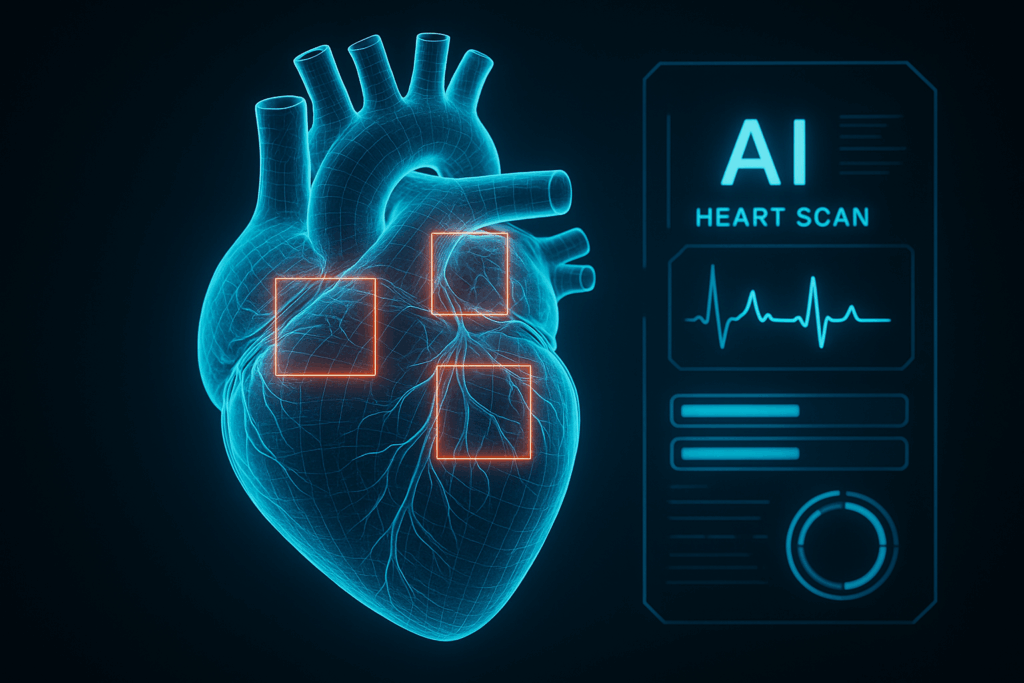The field of cardiology is undergoing a profound transformation thanks to Artificial Intelligence. By automating the analysis of complex medical images—from echocardiograms to MRIs and CT scans—AI enables faster and more accurate detection of cardiovascular conditions, such as:
✅ Coronary Artery Disease
✅ Arrhythmias
✅ Heart Failure
This accelerated and precise approach to diagnosis not only improves patient outcomes but also reduces the burden on clinicians, allowing them to focus on delivering critical care.
At Marteck Solutions, we play a crucial role in powering this AI revolution through Medical Image Annotation and Labeling services. Here’s how we help healthcare providers and AI developers enhance cardiac care:
- Accuracy & Precision: Our team of 60+ radiology experts meticulously annotates and labels cardiac images to ensure AI models learn from highly accurate and clinically relevant information.
- Scalability: We handle projects of all sizes, from small pilot studies to large-scale clinical programs, without compromising on quality.
- Compliance & Confidentiality: Every image is managed following strict medical and ethical standards, ensuring patient confidentiality and regulatory compliance.
- Custom Solutions: We tailor our annotation and labeling approach to your specific project needs, capturing detailed features like heart chambers, valves, arteries, and abnormal patterns.
- Faster AI Deployment: With expertly labeled images, AI models can be trained more efficiently, accelerating the development of solutions that support early detection and better management of cardiac diseases.
By partnering with Marteck Solutions, healthcare organizations can unlock the full potential of AI-driven cardiac imaging—transforming diagnosis, enhancing patient care, and enabling timely interventions.
Let’s work together to shape the future of cardiac care with AI.
